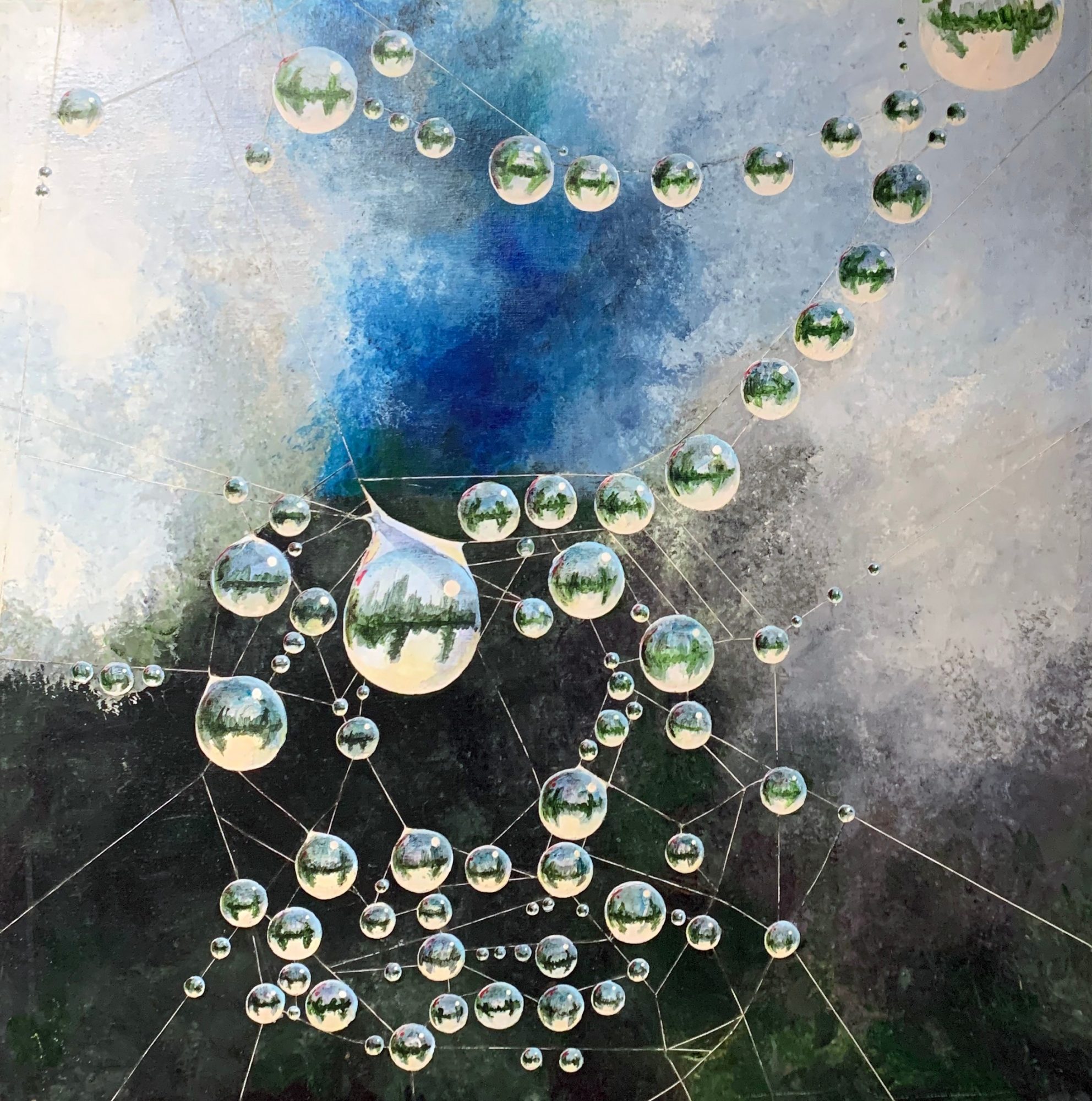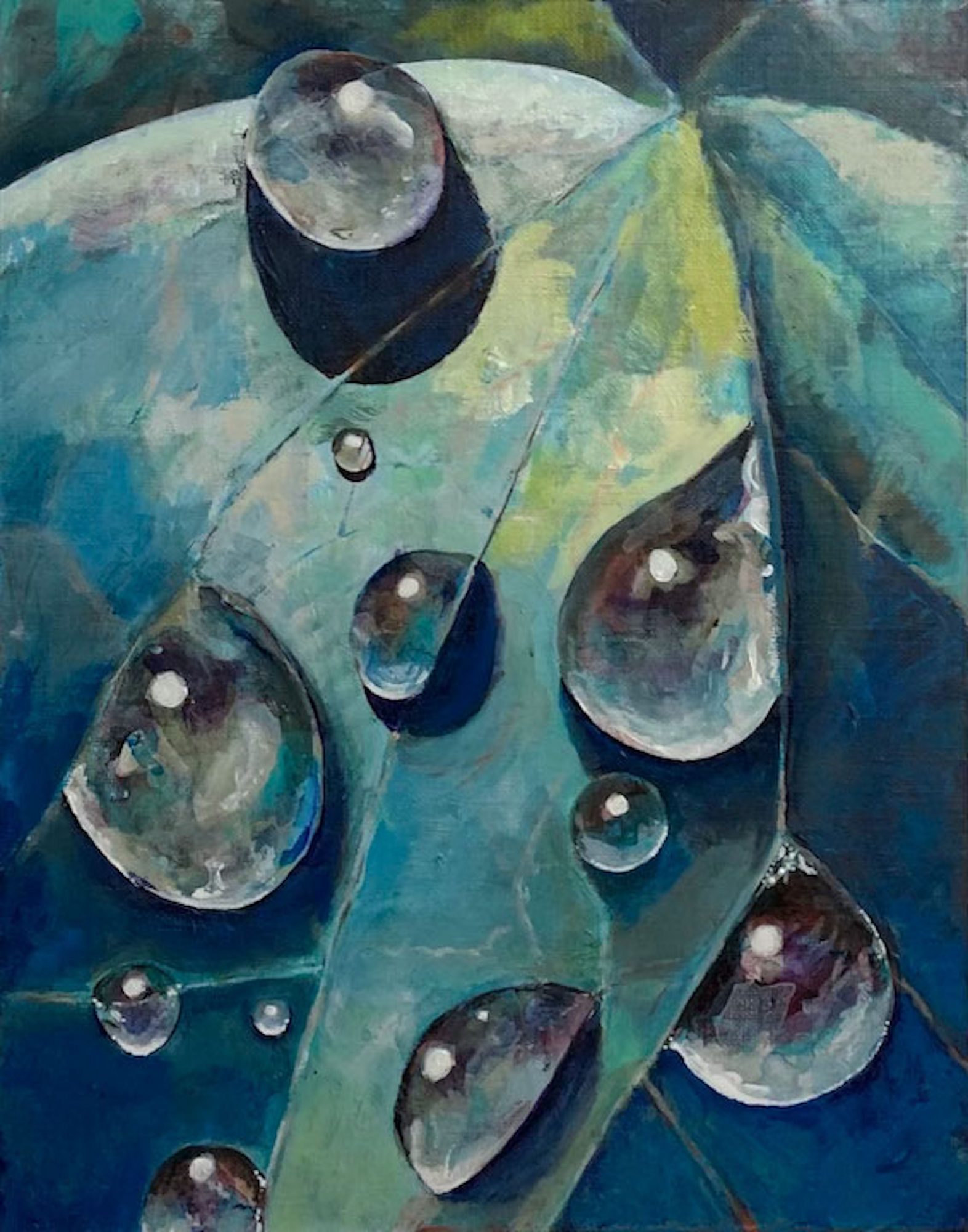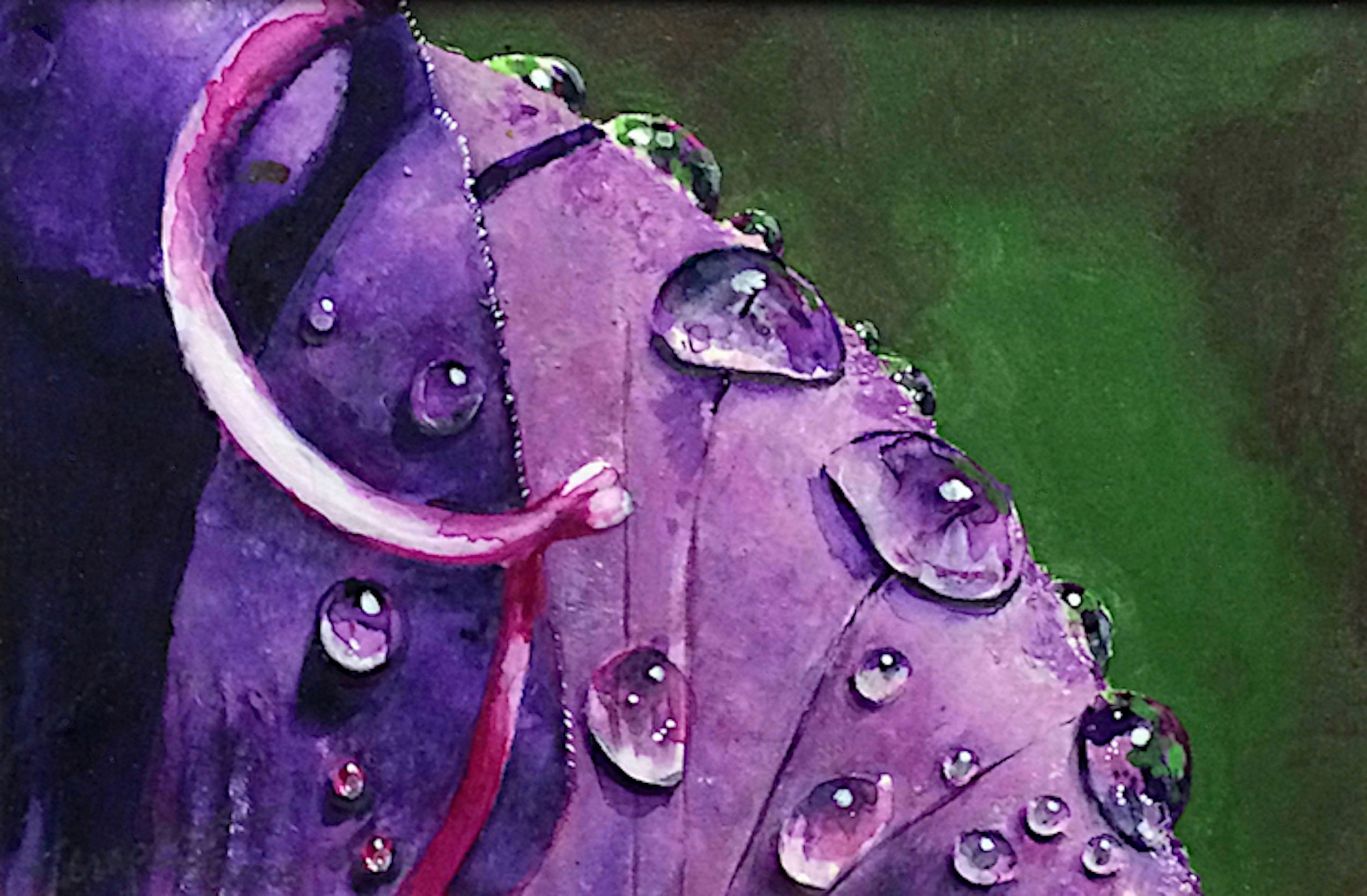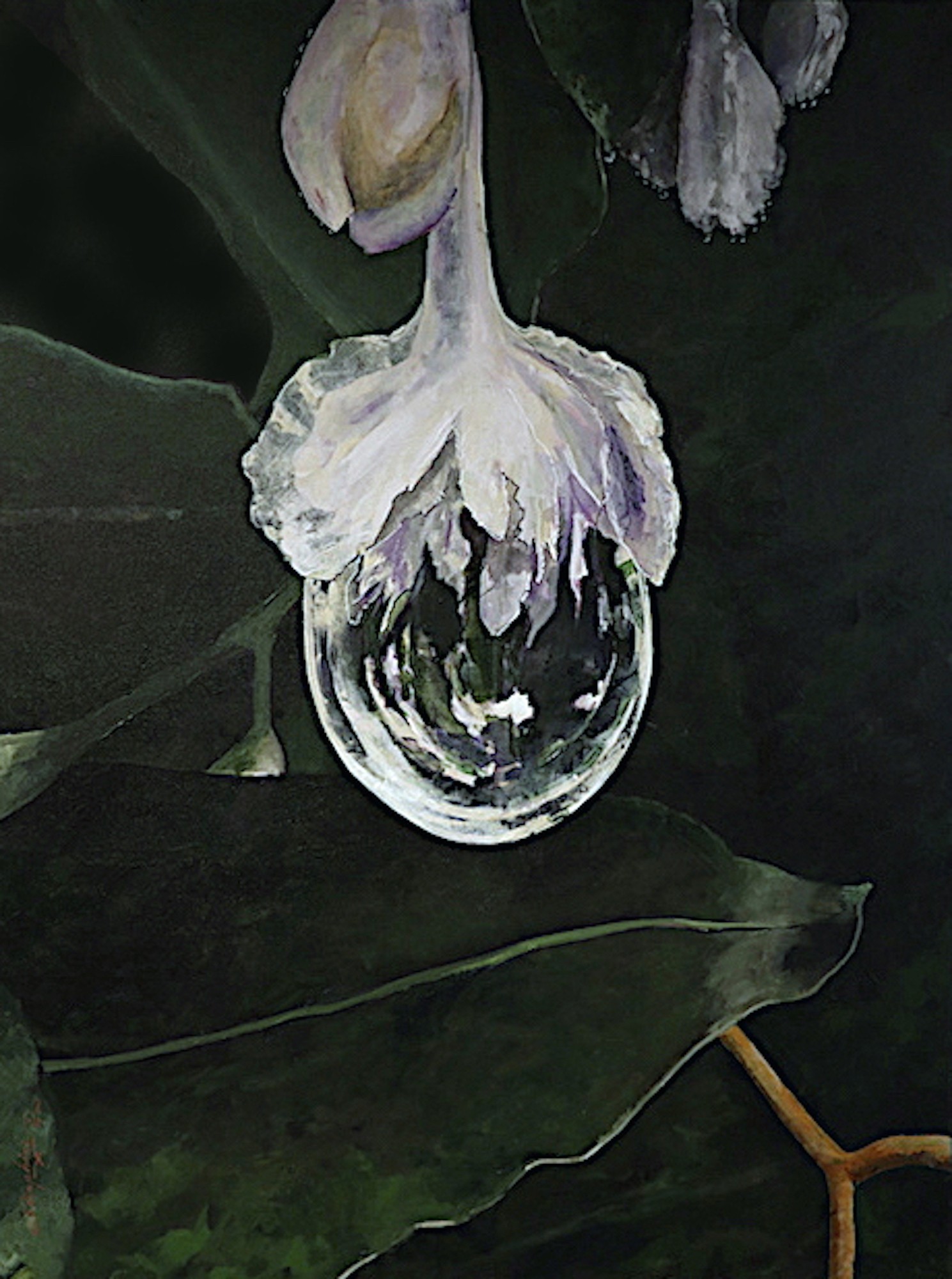
Today we’d like to introduce you to Séraphine.
Exhibiting at the New Orleans Museum of Art in 1967. She has, since, exhibited in Venice, Florence, Milan, Lake Como, London, Paris, Shanghai, and US museums, Chiba, and currently at the Tokyo Metropolitan Museum of Art. Her designs are seen on television, on Broadway, and in private and museum collections. Her awards and accolades are both extensive and prestigious.
She creates work that demonstrates a delicate balance between impressionism, abstraction, and realism and teaches on-site at her studio and one-on-one with students around the world via the internet. Séraphine has taught Advertising/Graphic Design and Fine Art at many Southern California colleges and Universities. She is a member in good standing with the Santa Barbara Art Association, the Los Angeles Art Association and American Women Artists, and the International Artist Association.
A five-decade career includes spending hours with Georgia O’Keefe in her New Mexico studio/home.
Living her early years on the US Gulf Coast and being raised in New Orleans and surrounding Cajun country she was surrounded by her 300-year Cajun French Heritage. One can see how this influenced her life’s work, which heavily reflects Louisiana’s rainy environment.
Her painting’s goal is to show others intimate views of the macro-natural world. She feels it is her fate to paint for those who see her work today and for those who have not been born yet.
Her paintings reflect her world travels, love of the natural world, and many life adventures. She reaches out to the community through education, environmental activism, and empowerment of women and children.
OR A SHORTER VERSION IN FIRST-PERSON: My paintings are juxtaposition narratives of nature and human presence.
I eschew traditional, romantic portrayals of my environment leading the viewer through visuals transcending the physical world and into hidden photo-realism or contemporary abstracted realms. I paint/record nature and landscapes from my worldwide travels many with strong political or spiritual content.
Exhibiting at the New Orleans Museum of Art in 1967, I have, since, exhibited in Venice, Florence, Milan, Lake Como, London, Paris, Shanghai, and US museums, Chiba, the Tokyo Metropolitan Museum of Art, and currently at the National Gallery of Armenia in the capital city, Yerevan
My designs are seen on television, on Broadway, and in private and museum collections.
Would you say it’s been a smooth road, and if not what are some of the biggest challenges you’ve faced along the way?
Don’t know if this should be included: this might be important to others so they can overcome their own traumas and struggles.
My life has been a road full of struggles and traumas. To brush quickly over a few: I was considered a difficult child because no matter how hard I tried, I could not learn to read nor get the grades my sister was getting. Today we know I have dyslexia but my mother thought I was just not trying because my IQ scores were extremely high.
Everyone in my family was a high achiever.
I was sent off to boarding school at age 11 to remove me from an abusive step-father, later, an arranged religious marriage that lasted until being kidnapped and sexually assaulted in San Francisco the night before an opening of an exhibition there, the loss of 6 babies, divorce, the death of her my beloved life partner of 14 years, breast cancer and recovery, a benign brain tumor and these are just a few challenges which have driven me forward day-by-day. These experiences have given me the drive to wake up each day and excel through my paintings and other creative avenues.
Can you tell our readers more about what you do and what you think sets you apart from others?
Like a lot of artists, I am most proud of my latest creations. Today many artists paint water drops extremely well, however, I began painting them in 1967, when my first water drop painting, a college freshman-level paintings was accepted into a museum exhibition.
So many people loved my work, and I thought I should explore that path more. I stopped painting water drops after meeting Georgia O’Keefe because I realized while I knew how to paint I didn’t know how to paint other than the macro world I had retreated into. For years people kept asking me to paint water drops. I’m not sure if it was my breast cancer or brain surgery that brought me back into my future but I started taking my paintings back into the moist world of water.
What sets my style of acrylic painting from others is I paint with layers and layers of washes and glazes, sometimes as many as 50 layers so when you look at my paintings there is not just one layer of paint.
When I am engrossed in my work I am, no longer in my studio but, in the painting. I am experiencing the light or the no light. Sometimes I paint with the lights off; sometimes I use warm lights, sometimes cool, and sometimes only the light that comes in from outside. It is my style to make sure each of my paintings can be viewed in any light the viewer may see it, so I work and look at my work in various lights.
Are there any important lessons you’ve learned that you can share with us?
In 1967 when I was taken to a concentration camp in Austria. I realized that nations will destroy nations but they will protect their art collections. People will kill the artists who create the art but they will save the art created by them.
The most important lesson I took away from that experience was, “if I want to prove that I existed, as I have no children, and have messages to express, it had to be through art where evidence of my existence will be protected.
A few quotes by unknown artists:
“Life goes by so quickly, stop for a moment and look at it”… that’s what I’ve chosen to do.
“What can be conceived can be created” I just have to figure out how to get it out of my brain, soul and spirit.
“The most terrifying thing in the world (for a creative person,) is the blank (white/empty) page”.
Unlike one of my “painting teachers” who said to me, “Why should I tell you my secrets? What, so you can take over my spot on the ladder?” Years Later, Poetic Justice: I held a teaching position at that university.
Contact Info:
- Website: www.longshadowstudio.com
- Instagram: @studio_longshadow



 Image CreditsLongShadowStudio
Image CreditsLongShadowStudio














